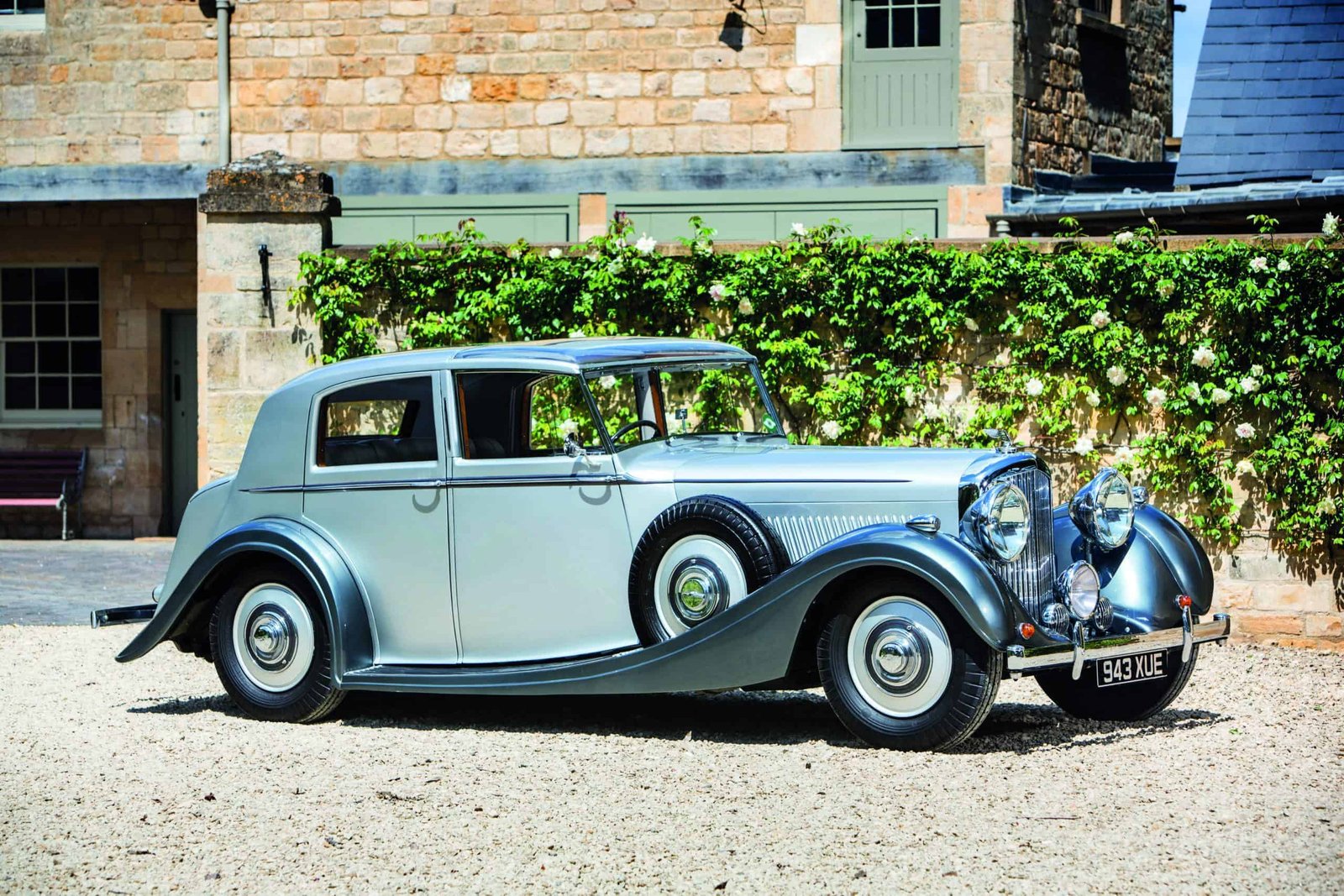With her Danish furniture brand, Intarsia, Nanna Aakjær is recreating rare, much-coveted pieces designed by her late grandfather
When guests visited Nanna Aakjær’s home in Denmark, they often found themselves admiring a sleek, three-legged coffee table that stood unobtrusively in one corner. Many assumed it was made by one of the famous mid-century Danish designers. In fact, it was the work of Nanna’s grandfather, Jørgen Aakjær Jørgensen, a gifted but little-known furniture-maker who ran the Møbelintarsia furniture company from 1948 until his retirement in 1982. In response to interest in her grandfather’s work, Nanna resuscitated the Intarsia name in 2018, recreating some of his most iconic designs while introducing new pieces that maintain his philosophy and passion for great design, craftsmanship and materials.

“I could see that this table would get people talking,” says Nanna. “They could see it was a quality piece of furniture but had never heard of the designer. My grandfather was not so bothered about getting his name out there, he just loved making furniture, but he had great success in Denmark and overseas.”
When Nanna began to look at some of his furniture on the internet, she could see there was huge demand for the vintage pieces, so she began thinking about ways to reproduce the furniture. This was not without its challenges. Firstly, Jørgen often left no technical notes, blueprints or even measurements. “He just made it in the workshop and perfected the production during that process, then showed his employees so they could make it, too,” says Nanna. “That’s how he did a lot of his products, and that is very unusual.”


Secondly, there are only a limited number of craftsmen working today with the capacity to produce work of such exceptional quality. This includes the skill of intarsia – a form of woodworking similar to marquetry that involves fitting pieces of different woods together to create a design or pattern. Nanna had to acquire more of her grandfather’s original pieces to use as models before identifying a company that was happy – and able – to recreate his designs.
“They have fully embraced the story of Intarsia, the unique style and the use of veneer with the intarsia technique,” she says. “We spent a long time working together to find the perfect craftspeople to produce these pieces to the quality that is required. They are the perfect partner as they loved the story and they loved the designs. The strategy originally was to explore the potential of the designs, and we are now established in the high-end furniture stores in Denmark.”


Jørgen’s original pieces sold far from the shores of Denmark, with clients in the Middle East and North America. Nanna hopes to reproduce this overseas success once the Intarsia story is better known. As well as recreating more of Jørgen’s lost designs, she wants to introduce new creations of her own that maintain the family tradition established 75 years ago, such as her popular Heart Table, which employs the intarsia technique.
“We have a minimalistic style that works in almost every type of home around the world,” she says. “It is simple but very beautiful, well made and well designed. We have lots of ideas for the future, but the most important thing when making a new design is that it has the same design DNA as my grandfather’s work. That is what we want to continue in the future – simple but beautiful minimalistic pieces that can last for decades. That is our mantra.”
www.intarsiafurniture.com












